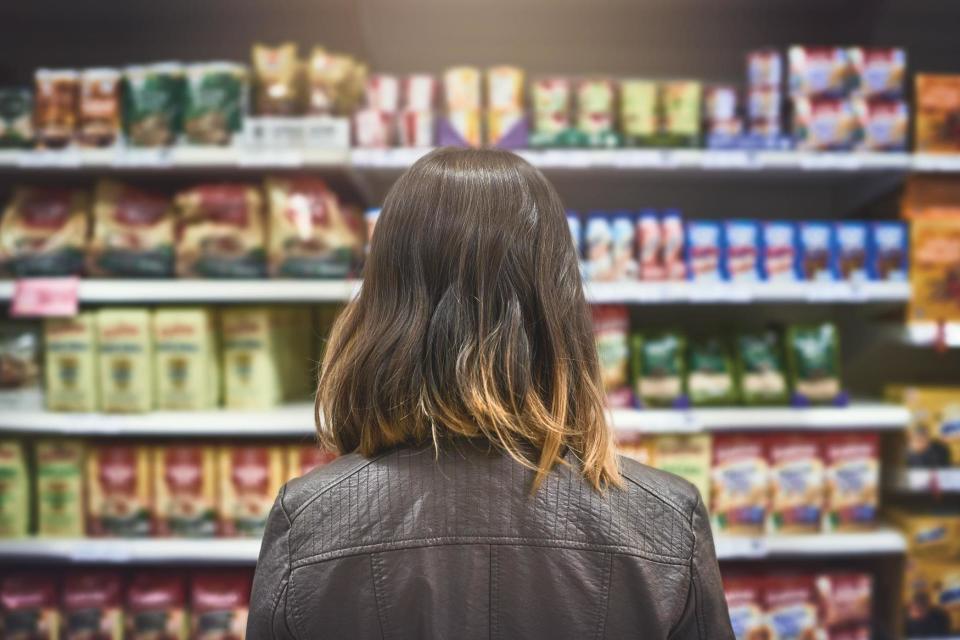Instagram's disturbing 'thinspiration' pictures fueled my anorexia – but there’s no point trying to regulate it
This week, a BBC investigation found that content encouraging eating disorders on Instagram is rife. This is no surprise. For as long as the internet has existed, so too have pro-eating disorder communities. In 2001, Yahoo removed over 100 so-called “pro-anorexia” sites from their servers. Over a decade later, the same communities are popping up again.
I have struggled with anorexia on and off for over 10 years, and I am all too familiar with the dangers that social media can pose to those in the grasp of illness. During my first year at university, I fell deep into the Instagram hole of eating disorder content.
Already sick, I was looking for anything to justify how I was feeling. Anorexia is lonely and isolating, and on Instagram I was finding communities of people who were not only like me, but actually made me feel like it was ok.
I would scroll through hashtags whenever I had a spare moment, looking at how little others were eating, or what they looked like, and grabbing tips and advice on hiding and feeding my illness. I knew what I was doing was wrong and I knew it was making things worse for me, so I hid it from those in my real life. I even set up my own secret account so I could follow the community in peace without being questioned.
Back in 2008, I had also been obsessed with these communities – but then it was as part of online message boards and blogs. From Tumblr to LiveJournal, this content wasn’t difficult to find then either. But slowly, those communities began to diminish. Technology moved on and sites caught on to the damaging content, making it more difficult for them to survive.
Following the tragic death of Molly Russell in 2017, Instagram has introduced a new set of policies in a bid to head off regulation. Now graphic images of self-harm are banned, and algorithmic boosts given to non-graphic content are “heavily stifled”, according to the social networking site.
But this isn’t enough. Instagram has been a breath of fresh air for pro-anorexia. There needs to be more done to tackle how we deal with harmful content online. At the moment, reporting a picture or account does very little as the humans behind regulating content simply cannot work fast enough.
And these communities are smart – where hashtags are banned, they catch on and work around it. “#thinspiration” quickly becomes “#thynspiration,” or “#thinspire”, in a bid to avoid detection by Instagram’s detection software.
Since the story of Russell hit the news early this year, there has been a lot of conversation telling children and young people not to compare themselves to people online, and that these platforms can be dangerous.
But this commentary frequently comes from older people who have simply no internet literacy. The misjudged assumption that we need to tell young people that social media is not real shows a blatant misunderstanding of the platform and the issues it raises.
It is easy to shout for regulation of social media – especially when it isn’t your responsibility to try and make that happen in an environment where it is near impossible. What we really need is for adults to stop condemning social media sites, and start trying to understand them. It is true that social media can pose a risk to children, young people and other adults – but we need to understand this rather than trying to block it from view.
We have seen the result of trying to take platforms away and blocking content – communities simply find new ways of doing things. Instead of panic, we need more awareness, understanding and education of both social media and eating disorders. Only then can we say we are truly doing something to help.

 Yahoo News
Yahoo News 

